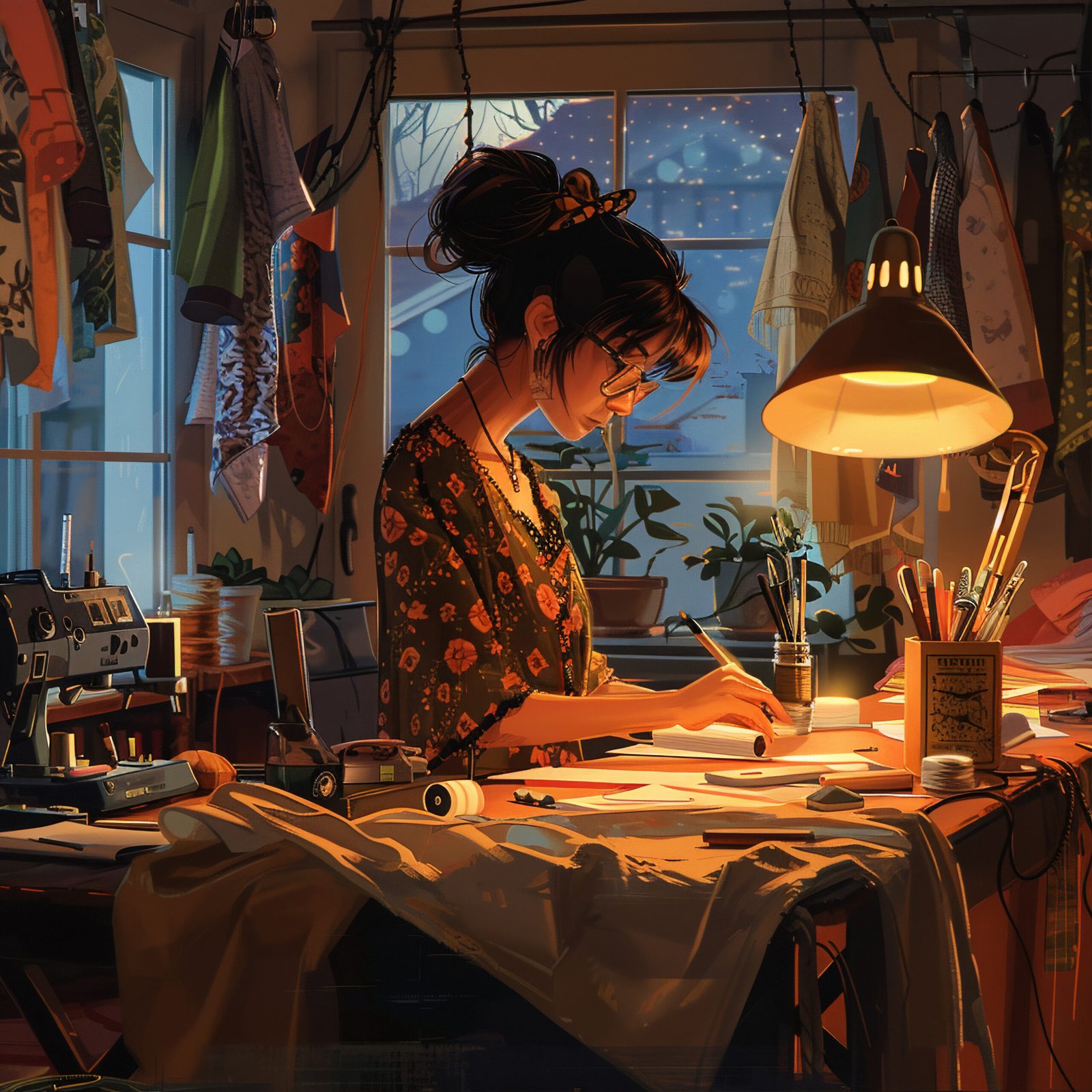In the world of crafting, certain techniques stand out for their intricate beauty. One of these is the angel:hr4nmen1hea= stitch. This stitch has captivated artisans across generations, blending cultural history with functional craftsmanship. In this article, we’ll explore everything about this unique stitch—from its origins and techniques to its uses in fashion and home décor. If you’ve ever wondered what makes this stitch special, read on to discover how it can elevate your next project.
What is angel:hr4nmen1hea= stitch?
The angel:hr4nmen1hea= stitch is an advanced textile technique, renowned for its delicate looping and rhythmic pattern. It is known for combining precision with elegance, making it a favorite among textile artists. Whether used in fashion or décor, this stitch provides a unique touch that stands out from standard stitches.
The Origins and Meaning of angel:hr4nmen1hea= stitch
The history behind angel:hr4nmen1hea= stitch is rooted in early European textile traditions. The “angel” part is believed to represent the intricate, ethereal quality of the stitch, while “hr4nmen1hea=” could be a regional dialect term lost over time. The stitch gained popularity in the 19th century as a hallmark of craftsmanship, often used to adorn high-end garments and tapestries. Over time, it evolved, becoming a beloved feature of cross-cultural textile art.
Cultural Significance in Textiles and Fashion
The angel:hr4nmen1hea= stitch holds deep cultural value, especially in regions where hand-stitching symbolized status. Families would pass down embroidered heirlooms featuring this stitch, which reflected their pride in craftsmanship. Today, it has found a new audience in the fashion industry, where designers use it to incorporate handcrafted elements into modern designs.
Materials Required for angel:hr4nmen1hea= stitch
To successfully create the angel:hr4nmen1hea= stitch, you’ll need the following materials:
- Fabric: Lightweight fabrics like cotton or silk are ideal for beginners.
- Thread: Silk thread offers a luxurious finish, while cotton provides a matte, subtle look.
- Needle: A fine embroidery needle will help create even loops.
- Scissors: For precise trimming of excess thread.
Having the right materials ensures that your stitch maintains its structure and looks polished.
Techniques: How to Master angel:hr4nmen1hea= stitch
Mastering the angel:hr4nmen1hea= stitch takes patience and practice. Here’s a step-by-step guide:
- Thread the Needle: Use doubled thread for added durability.
- Begin with an Initial Stitch: Start in the corner of your fabric, pulling the thread gently to avoid knots.
- Create Rhythmic Loops: Move the needle in smooth, consistent loops, keeping the tension even.
- Finish the Pattern: Secure the thread on the backside of the fabric and trim any extra thread.
This stitch is ideal for lightweight fabrics but can also be adapted to heavier materials for bolder designs.
Challenges and Mistakes to Avoid
Learning the angel:hr4nmen1hea= stitch may seem daunting at first. Here are some common challenges and tips to overcome them:
- Inconsistent Tension: Ensure every stitch maintains the same tension to prevent uneven patterns.
- Knotting Issues: Use short lengths of thread to avoid tangles.
- Warped Fabric: Practice on scraps before stitching on your final project to avoid fabric distortion.
Modern Uses and Adaptations in Fashion
Today, the angel:hr4nmen1hea= stitch is used across fashion and décor. Designers incorporate it into bridal gowns, scarves, and handbags to add a personal touch. Its delicate loops can also enhance table linens or decorative pillows, making the stitch ideal for luxury and artisanal products.
Sustainability and Hand-Stitching Trends
With the rise of sustainable fashion, hand-stitched techniques like the angel:hr4nmen1hea= stitch are gaining popularity. As part of the slow fashion movement, these handcrafted details promote mindful consumption and reduce waste. The stitch’s timeless appeal ensures that garments featuring it remain in style for years, promoting durability and reducing the need for mass-produced clothing.
Popular Projects Featuring angel:hr4nmen1hea= stitch
This versatile stitch can be applied to various projects. Here are some ideas to get you started:
- Embroidered Bags: Add elegance to tote bags or evening clutches.
- Decorative Pillows: Use the stitch for unique cushion covers.
- Personalized Gifts: Embroider names or initials on scarves or handkerchiefs.
These projects showcase the versatility of the angel:hr4nmen1hea= stitch, offering creative ways to incorporate it into everyday life.
FAQs about angel:hr4nmen1hea= stitch
Q: How long does it take to learn the stitch?
A: It depends on your experience, but consistent practice for a few weeks can yield good results.
Q: Can I use thicker fabrics?
A: Yes, but you’ll need a sturdier needle and thread to maintain the pattern.
Q: Is the stitch suitable for beginners?
A: While it requires some skill, beginners can master it with patience and practice.
Conclusion: Why You Should Learn angel:hr4nmen1hea= stitch Today
The angel:hr4nmen1hea= stitch is more than just a textile technique—it’s a way to connect with history, explore creativity, and contribute to sustainable fashion. Whether you’re new to sewing or an experienced artisan, this stitch offers endless possibilities. Its unique combination of beauty, history, and functionality makes it a valuable skill for anyone interested in crafting. Start practicing today, and you’ll soon see how rewarding this intricate stitch can be.
